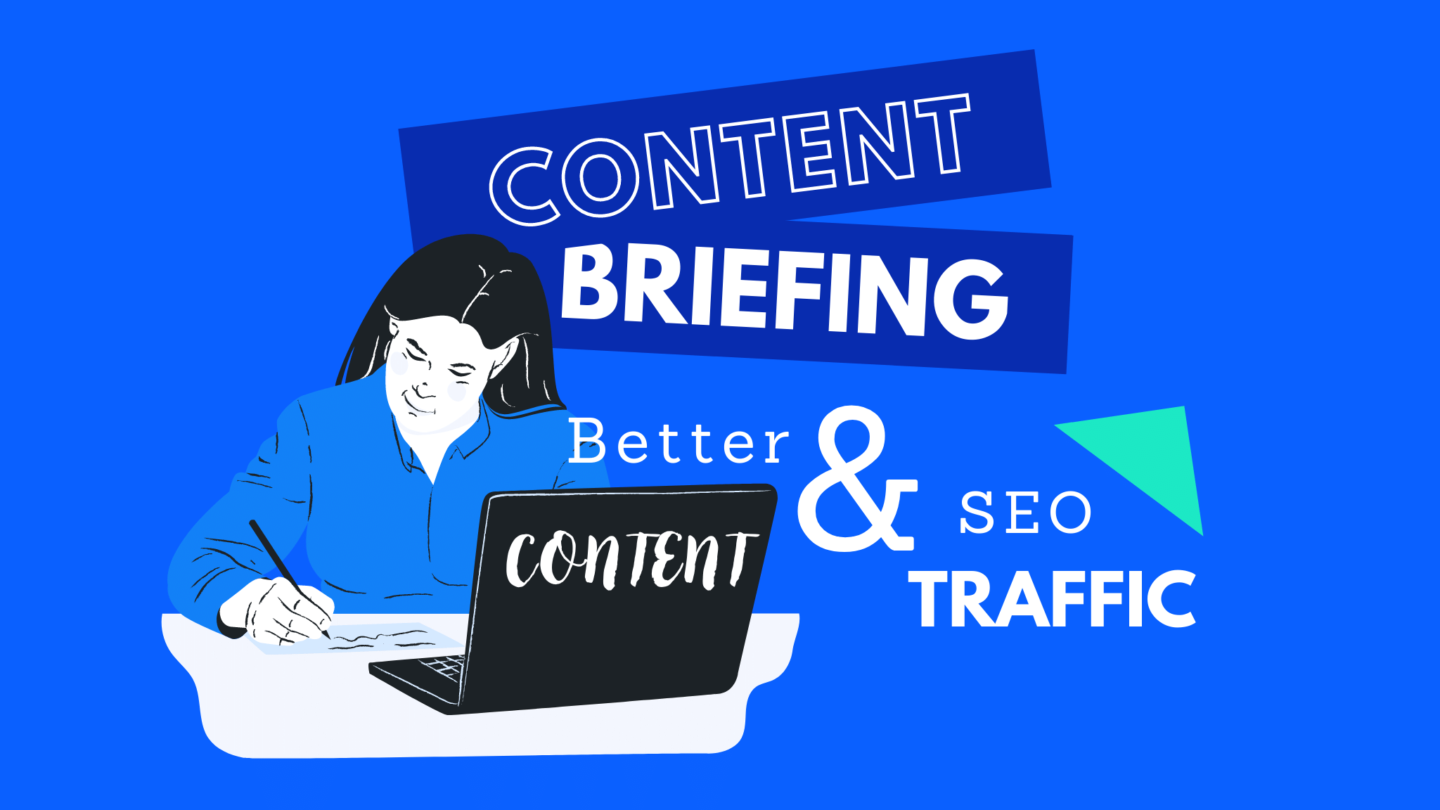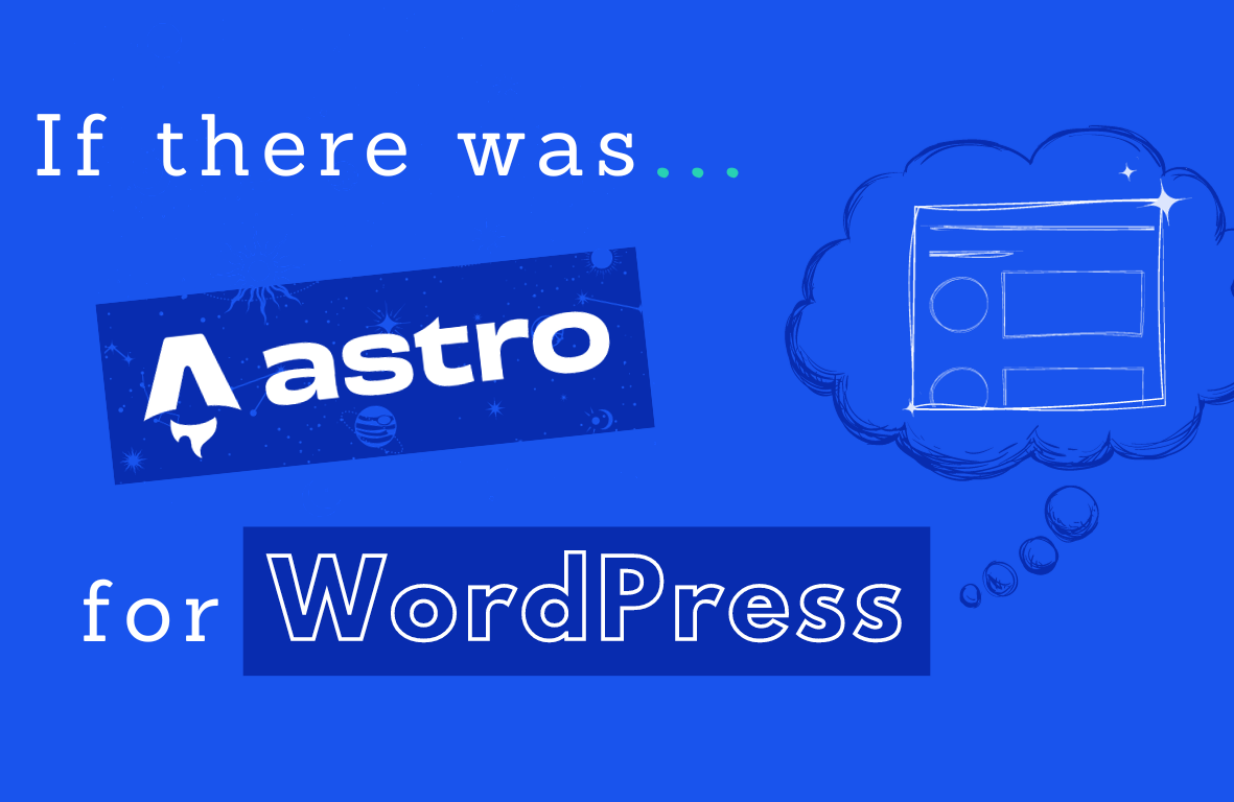in SEO
Content Briefings: Better Content And More SEO Traffic
Search Engine Optimization or SEO is actually the art of indexing the knowledge and expertise of your community. While it may seem like more work at the beginning, creating a well-received content briefing template will help ramp up your content marketing efforts and increase their effectiveness.

Search Engine Optimization or SEO is actually the art of indexing the knowledge and expertise of your community. While it may seem like more work at the beginning, creating a well-received content briefing template will help ramp up your content marketing efforts and increase their effectiveness. Here are the benefits to creating and using Content Briefings:
- Higher Output Establishing a process with clear responsibilities and supporting documentation will allow for faster content production.
- Greater Utility Content briefs give a more targeted focus to content creation and the resulting text provides greater benefit to the audience.
- Better Engagement The more benefit readers derive from your content, the more time they will spend consuming it, and the more likely they are to share it.
- Increased Traffic Improved engagement metrics together with textual and linguistic optimizations will lead to a better appraisal and more traffic from search engines.
Note the use of the word “community” rather than “employees” or “team members”. In many cases it will be the latter banging out text. If you consider user-generated content (UGC) you may be thinking of free-wheeling forum or message board with little moderation, however the quality requirements for certain wiki-communities function as Content Briefing as well – so if your website generates UGC it is possible to use a template to improve quality there as well.
Content Creation: The Expert Cycle
For both the content and subject matter experts, the content creation process is a cycle – both parties will work on the briefing document twice.
- Briefing
- First Draft
- Optimization, Style (& Legal) Check
- Subject Matter Check
The content expert creates the briefing document and sends it to the subject matter expert. Based on the information in the briefing the specialist writes a first draft, which is then sent back to the content manager, who then optimizes the content using a specific SEO tool, proofreads and checks for styling – in some cases a legal check is performed at this stage.

The Content Creation Circle
The Briefing Document: 4 Essential Factors
We provide a template for a briefing document as PDF and Docx for you to download for free.
If you want to be creative or if your organization has specific needs, you can of course create one from scratch. Here are the essential factors every content briefing should include:
- Target Audience & Intent
- Topics to Cover
- Requirements
- Activity Log
The most important and usually undefined consideration when writing a text is the target audience. Who are you writing for? For example, if you are writing about a topic such as cybersecurity, the content will differ greatly depending on whether you are writing for consumers; the heads of small and medium businesses; or cybersecurity professionals. Closely related to this is the intention of this audience, or in other words: why are they reading it? Is it an introduction to a particular topic, a comparison of two things, etc. It should be clear what problem the content solves or need it fulfills (for the target audience).
The topics to cover are based on a preliminary keyword research. This is not a list of keywords to be included in the text necessarily, this step comes a bit later, however it is guidance for the writer based on existing keyword research.
Some fields are required in a content management system (CMS), others are suggested parameters to be fulfilled – such as the suggested length of a title, or the total word count. All of these factors are defined as requirements. It should be made clear who is responsible for fulfilling the requirements – the author or specialist.
In the activity log a record is kept, of who did what step when, which briefing template is being used, when the content was finally published, etc. That way when new optimization methods are developed or other changes are required, the history is available.
In addition to the briefing, it is also recommended to give authors an accompanying document, a writing style guide.

Writing Style Guide for Consistency
A style guide is still relevant even if individuals are going to appear as authors. Though each author will naturally have their own unique style and voice, the style aspects apart from “personality” remain important.
- Personality
- Characteristics
- Vocabulary
- Technicalities
Personality and characteristics go hand in hand. The personality describes the author: your organization. It sometimes helps to actually think of an imaginary person. If your organization was a person, how would you describe them? Is this person formal and direct and or boisterous and intense?
Once you’ve come up with 5-10 adjectives to describe this fictional person, it is time to develop characteristics which manifest as a result of those personality traits. If the personality is formal and direct, their writing would likely be characterized by succinctness: less emotive, shorter sentences. It is also possible that the author refers to themselves and the audience in the third person:
“Our company is creating a Writing Style Guide to improve communications with our customers.”
vs.
“We are creating a Writing Style Guide to create more engaging content for you, our valued customers.”
Defining Characteristics
To help define the characteristics, some points to consider include:
- Self-referencing in first or third person
- Speak directly to readers or not
- Use of slang or informal language
- Amount and type of humor
In terms of vocabulary, this is expressly not an invitation to bring internal, corporate jargon and obscure acronyms into the great wide open. Rather building a vocabulary should serve a clear purpose, such as communicating the values of the organization. For instance, the use of non-gendered titles such as “director” instead of “chairman” would indicate that your organization values inclusiveness.
Aside from supporting communication goals, there may also be able words that need to be avoided (or included, or both) from a legal standpoint. It is important to include not only a list of words to steer clear of, but also present solutions as to appropriate vocabulary.
The technicalities are related to underrated but important stuff like grammar, capitalization and punctuation.
Depending on the size of your organization, you may have a PR department with a very detailed communications packet. It’s possible that may be too much for every aspiring author to read through, in that case a condensed version would be beneficial.
Tool-Based Content Optimization for More Traffic
We don’t like to use the phrase, nor do we recommend our customers create “SEO Content”. Rather it is important to make SEO and search query data an integral part of the content strategy. To increase organic traffic it is essential to use the language of customers and understand their intentions. A content optimization tool is essential for getting the most out of your content and best used by the expert in this area – the content manager.
In order to optimize a piece of content, a primary or target keyword is required. The ranking pages for this query are analyzed and the keywords or terms found on the ranking pages are organized based on their specificity to the target keyword.
In the past, simple keyword frequency may have been used, now the terms are weighted based on a larger set of documents, in order to identify which are unique to the topic at hand. Not all suggestions are essential, but usually a number of subtopics can be identified, which may have been left out. Usually the writer will see the keyword suggestions and wonder aloud “How did I write a whole article about X without mentioning Y”.
Summary
Let’s briefly summarize again what are the most important steps to get to the optimal content briefing.
- Create and approve briefing
- Enhance briefing template with style guide
- Optimize created content with the help of tools








